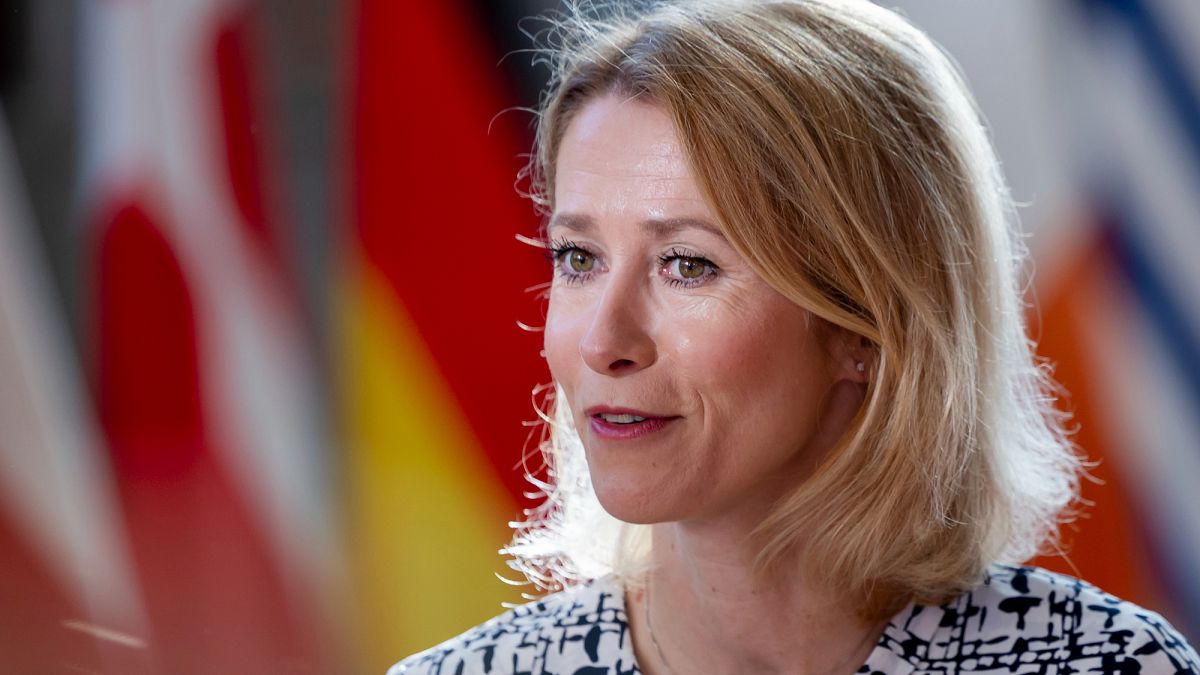- Arvind's Newsletter
- Posts
- Arvind's Newsletter
Arvind's Newsletter
Issue No. #1160
1.Indian equity MF inflows soar to record high in July: Reuters
Fund flows into India's equity mutual funds soared to a record last month, industry data showed on Monday, as local investors bought the market dip triggered by U.S.-India trade uncertainty and muted corporate earnings.
Net flows into equity schemes rose 81% month-on-month to 427.02 billion rupees ($4.9 billion) in July, data from the Association of Mutual Funds in India (AMFI) showed.
Systematic investment plan (SIP) inflows continued to scale new highs, rising over 4 per cent month-on-month (M-o-M) to ₹284.64 billion.
2.UPI's top checkout by volume in July: The grocery aisle dominates: Business Standard
Grocery stores and supermarkets recorded the highest over three billion Unified Payments Interface (UPI) transactions worth ₹64,881.98 crore in July, accounting for nearly a quarter of all UPI peer-to-merchant (P2M) transactions by volume, according to the National Payments Corporation of India (NPCI) data.
This is the first time the payments body has released such detailed category-wise numbers.
Moreover, debt collection agencies topped the charts by value, recovering ₹93,857 crore through 161.36 million transactions, showcasing new use cases of the real-time payments system, data reviewed by Business Standard showed.
3.Airlines line up new premium products to lure Indian travellers : Business Line
Airlines are upgrading their premium experiences for travellers. British Airways brought back first class cabins, Singapore Airlines has similar plans for its Indian passengers. Air India is also retrofitting its Boeings with new seats and in-flight entertainment.
Emirates last month opened an upgraded check-in area at Dubai airport. This allows first class and top tier loyalty customers to check-in through ipads while they are seated on sofas or plush armchairs.
Premium travel is much more in demand than economy travel. As per International Air Transport Association, international first class and business class travel grew by 11.8% in 2024 outpacing the 11.5% growth in economy. Asia Pacific’s premium passenger traffic saw the fastest growth at 22.8%.
4.Why global AI giants are racing to master Indian languages: Mint
OpenAI’s GPT-5 now supports 12 Indian languages, joining Google, Meta, Anthropic, and Perplexity in a race to dominate India’s linguistic landscape. Why the rush? Because 1.7 billion people speak 10 Indian languages—more than English speakers worldwide. But it’s not just numbers—each tongue carries its own quirks, culture, and market potential. The challenge? Turning this massive user base into real revenue. Could India’s language-first AI push be the next UPI-style global export—or is it just big talk in many tongues? Read on
5.India’s IT services giants race to reinvent themselves for the AI age: Financial Times
India’s IT services giants are racing to reinvent themselves for the age of artificial intelligence, rolling out new tools to customers from banks to sporting bodies even as the technology threatens to slash client spending in the near term.
The country’s vast outsourcing sector has been struggling with tepid customer demand for its services in the US, its largest market, as a “Trump bump” from anticipated tax cuts and easing regulations has failed to materialise. Instead, the US president’s trade battles — including a 50 per cent tariff slapped on India that nevertheless excludes services — have delayed business decision-making and investment.
Sector growth has been in the low single digits for the past two years, according to HSBC, which last month attributed the sluggishness to economic uncertainty, competition from corporate in-house global capability centres being set up rapidly across India, as well as “ambiguity” over the impact of generative AI.
Major players Infosys, Tata Consultancy Services (TCS) and Wipro are keenly aware that AI is a double-edged sword. Nandan Nilekani, Infosys co-founder and chair, told the Financial Times that his company was working on “hundreds” of AI projects with corporate partners, even as “this AI stuff has taken away some of the spending, because everybody is diverting money from other things to AI”.
The tech billionaire said the sector’s niche would be finding practical uses for the “whole cornucopia of technology” developed by a handful of pioneering companies, such as OpenAI and Anthropic, that were “competing to plant their stake in the ground” as Big Tech in the US ploughed hundreds of billions of dollars into AI.
“I think in the next few years, the balance of spending will go from buying core infrastructure to making it useful to companies,” Nilekani said in an interview in Bengaluru. “If you’re helping Fortune 500 companies get their AI going, that requires a different approach — that’s where Infosys comes in.” Read on. Gift Article.
6.Trump to meet Putin in Alaska: USA Today and others
President Donald Trump and Russian President Vladimir Putin are scheduled to meet in Alaska on Friday. The invitation marks the first time since 2007 that Putin has been invited to the US outside of UN-related functions. It will also be the first meeting between Trump and Putin since 2018.
The two leaders will discuss an end to Russia’s three-year war with Ukraine, which has killed hundreds of thousands of people, most of them Russian soldiers. Russia controls roughly one-fifth of Ukrainian territory, over half of which was captured in the first weeks of the war. Putin is widely expected to require territorial concessions in exchange for a ceasefire. The meeting does not currently include Ukrainian President Volodymyr Zelenskyy, who has vowed not to concede territory.
The EU’s top diplomat Kaja Kallas said on Sunday that any deal between the US and Russia should involve Ukraine and the EU and convened a meeting of foreign ministers on Monday to discuss next steps.
The meeting’s location is notable as Alaska was part of the former Russian Empire. The US purchased the state in 1867 for $7.2M—2 cents per acre.
7.Energy producers are being paid not to produce energy and consumers paid to use it as Europe’s grids fail to keep up with the growth of renewable energy systems: Financial Times
Scottish wind farms were paid to withhold 37% of their potential output in the first half of 2024, the Financial Times reported, enough to power the entire country’s households, because it could not be used locally and the grid could not transmit or store it.
And Spain has built so much solar capacity that at certain times of day it produces far more electricity than it needs. Prices have plunged as a result, dragging down owners’ profits with them. Over the past year, “day ahead” wholesale electricity prices were zero or even negative 10 per cent of the time, according to data from grid operator Red Eléctrica. In May, they were at zero or below for one-third of the entire month.
“ This is gratifying for customers, but bad for generators,” which have seen falling profits, the FT said. Solar projects that once sold for €200,000 ($233,000) per megawatt have fallen to €28,000-€89,000
Meanwhile, China’s biggest solar firms laid off almost a third of their workforce in 2024. The country’s solar industry has been engaged in a vicious price war, as government subsidies have driven overproduction and demand remains weak.
As a result, the sector is in crisis: Its losses are on a similar scale to those of China’s flailing real estate industry, which is 10 times the size.
More than 40 solar companies have been sold, bankrupted, or delisted since last year, while five of the country’s largest firms quietly cut 87,000 staff — 31% of headcount — between them, Reuters reported. Beijing has signalled it will cut capacity to stabilize the industry, but local governments may resist because they are assessed on jobs and economic growth.
8U.S. Government to Take Cut of Nvidia and AMD A.I. Chip Sales to China: New York Times
In a highly unusual arrangement with President Trump, the companies are expected to kick 15 percent of what they make in China to the U.S. government.
“The deal, which was described by three people familiar with the agreement who spoke anonymously because they didn’t have permission to discuss it publicly, comes a month after Nvidia received permission to sell a version of its artificial intelligence chips to China.
While the Trump administration publicly said a month ago that it was giving the green light to Nvidia to sell an A.I. chip called H20 to China, it did not actually issue the licenses making those sales possible.
On Wednesday, Jensen Huang, Nvidia’s chief executive, met with President Trump at the White House and agreed to give the federal government its 15 percent cut, essentially making the federal government a partner in Nvidia’s business in China, said the people familiar with the deal. The Commerce Department began granting licenses for A.I. chip sales two days later, these people said.”
9.How Palantir—a company too small to make the Fortune 500—became one of the world’s 25 most valuable companies: Bloomberg and Fortune
Palantir, based in Denver, surpassed $1 billion in quarterly revenue for the first time this week, posting growth figures that blew past analyst estimates. Palantir’s stock soared to more than $160 a share, marking a 555% increase from this time last year. By market close on Tuesday, Palantir’s market cap had hit nearly $409 billion, making it the 23rd most valuable company in the world, just behind Johnson & Johnson, a company with more than 23 times Palantir’s revenue and more than 35 times the number of employees.
However, according to Bloomberg, Palantir’s 2,500% surge is forcing some investors to bet on robust future growth to justify is near record valuation, with the stock trading at 245 times forward earnings. Bloomberg Intelligence estimates the defense maker would need to generate $60 billion over the next 12 months to trade at a comparable valuation to its peers. That calculation is many times higher than the $4 billion in revenues Wall Street expects Palantir to to earn in fiscal 2025 or the $5.7 billion analysts forecast for next year.
10,Helsinki goes a full year without a traffic death: YLE News
A city traffic engineer credits the success to lower speed limits and smarter design.










